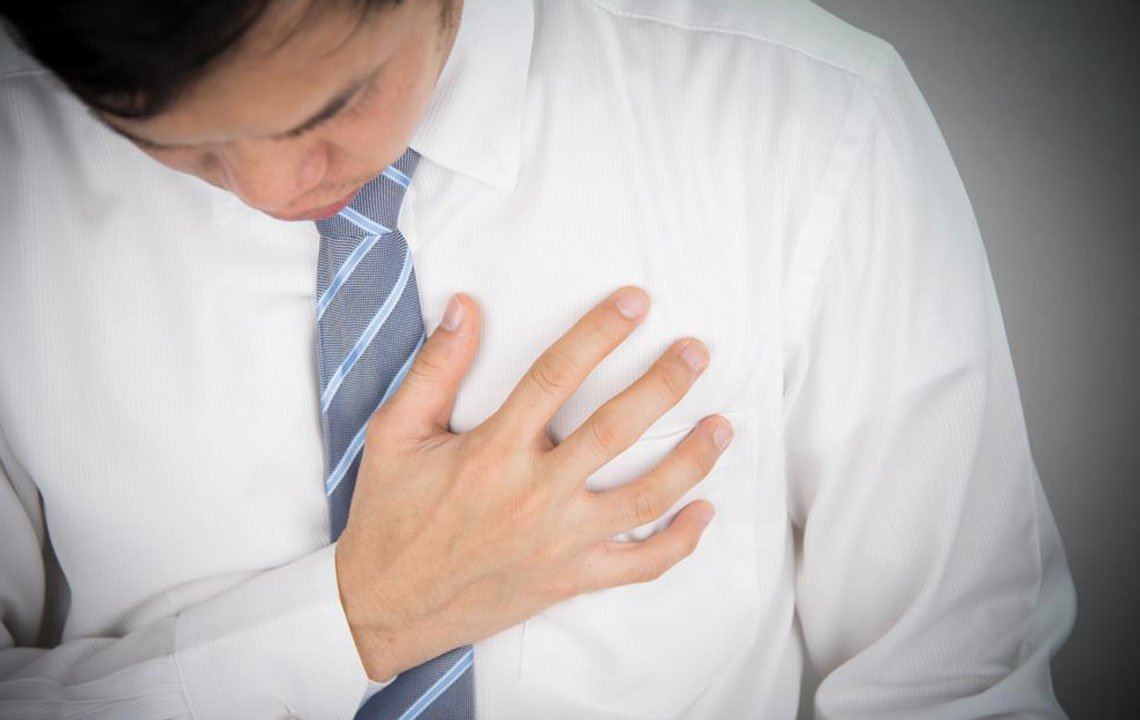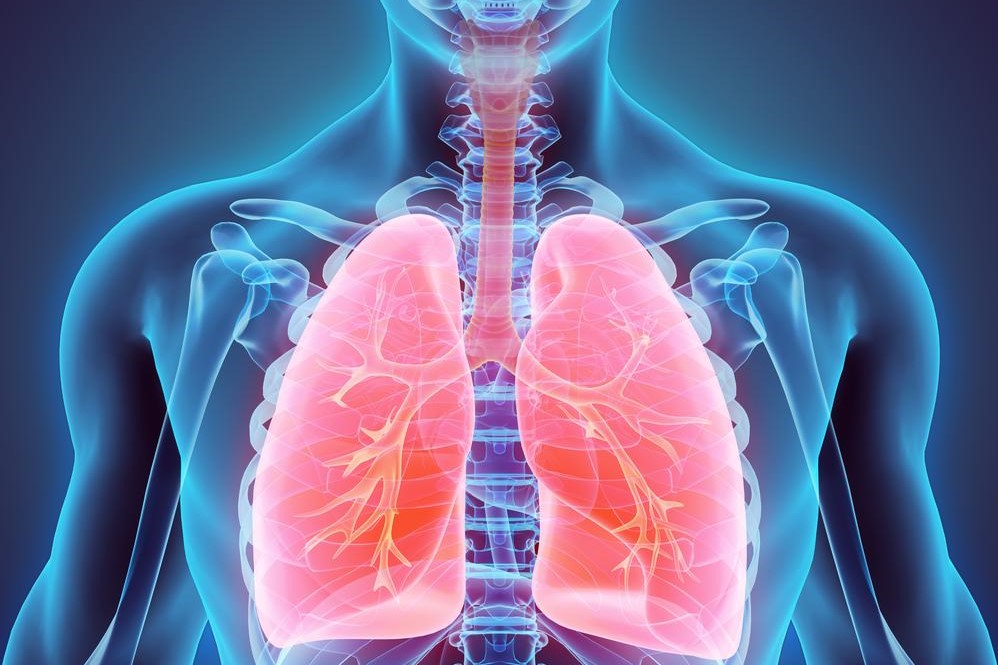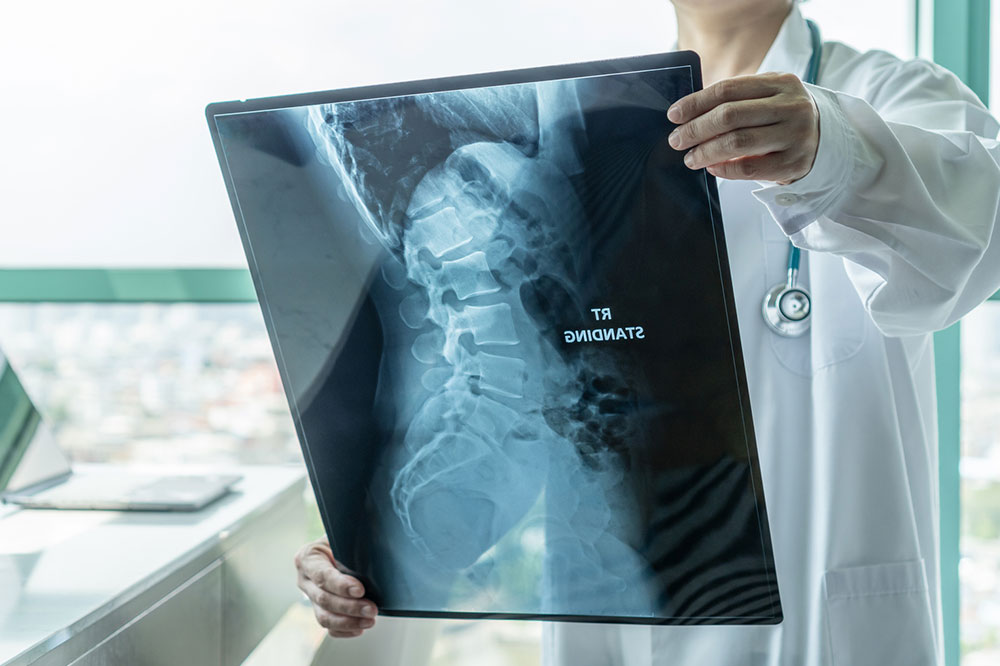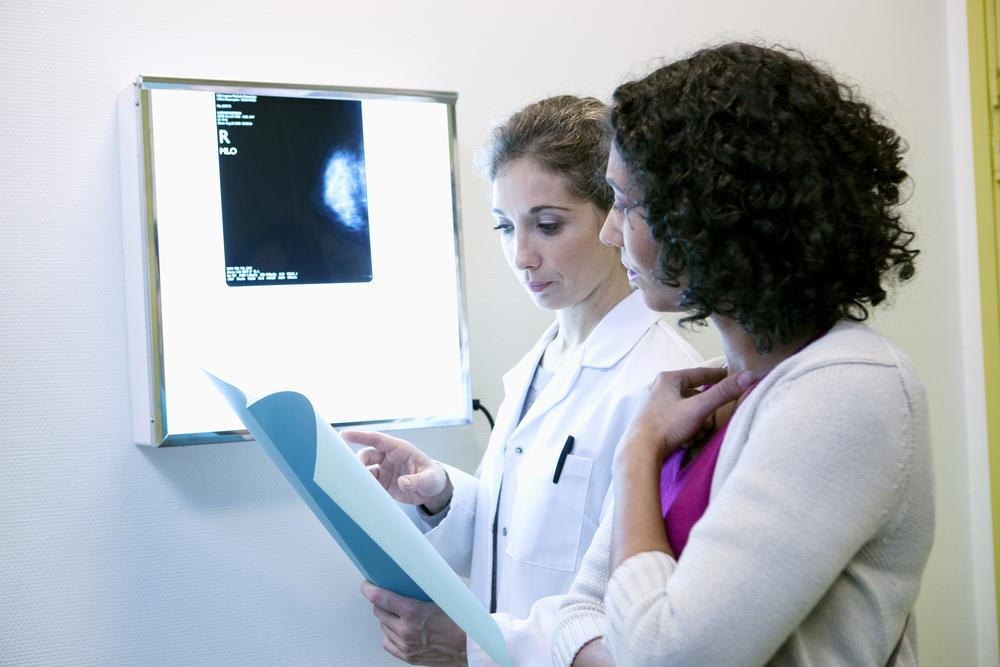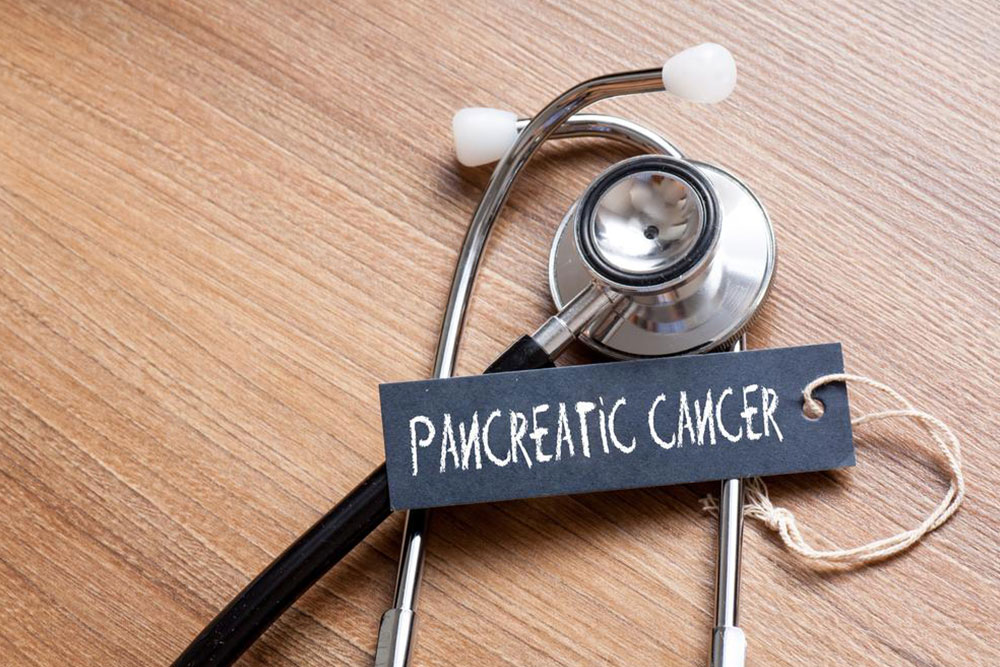Comprehensive Guide to Recognizing the Early Signs and Symptoms of Breast Cancer
This comprehensive article discusses the importance of recognizing early signs and symptoms of breast cancer. It highlights key indicators like lumps, skin changes, and nipple discharges, emphasizes routine screenings, and explains how early detection can significantly improve treatment outcomes. The article aims to raise awareness among women of all ages and encourage proactive health management to catch breast cancer early and increase survival rates.
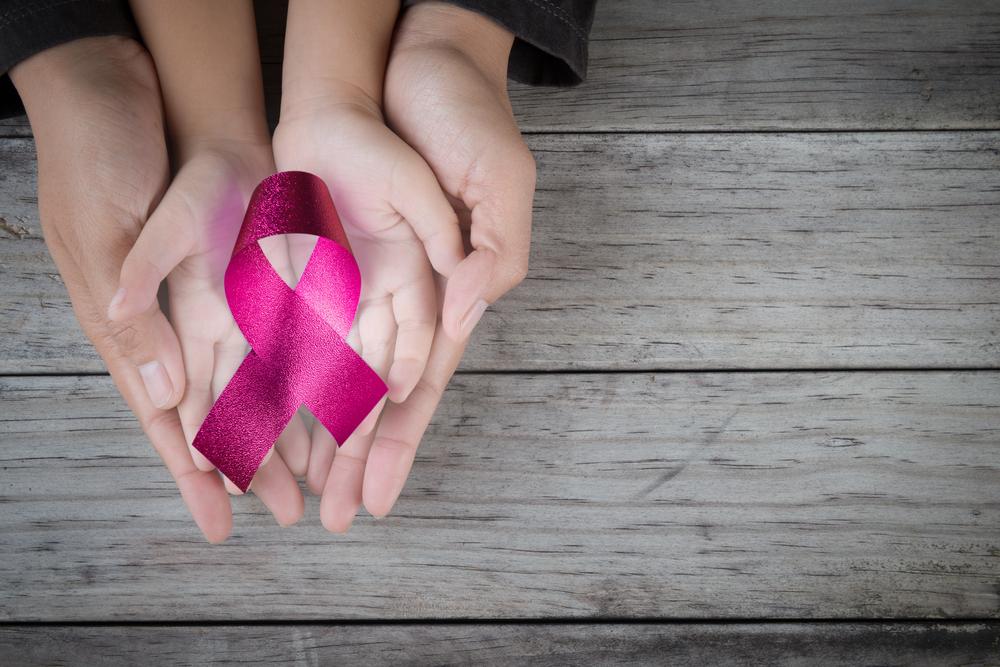
Understanding the Signs and Symptoms of Breast Cancer
Breast cancer is one of the most common malignant diseases affecting women worldwide. It originates from abnormal growths in breast tissue, often starting without noticeable symptoms, which makes early detection challenging yet crucial. According to statistics from around 2013, over 232,000 women in the United States were diagnosed with this disease, highlighting its prevalence. Globally, breast cancer accounts for approximately 18.2% of all cancer-related deaths among women, making it a significant public health concern. The age group most commonly diagnosed with breast cancer is women between 55 and 64 years old, though it can affect women of all ages.
Understanding the early signs and symptoms of breast cancer is vital for early diagnosis and treatment, which can significantly improve prognosis and survival rates. The challenge, however, is that in its initial stages, breast cancer often does not produce any noticeable symptoms. This is why routine screening methods such as mammograms, breast self-examinations, and clinical examinations are indispensable components of women's health care.
This underscores the importance of regular breast self-examinations and professional screenings. As the disease advances, however, various symptoms may become apparent. Recognizing these symptoms early can lead to timely medical intervention and better treatment outcomes.
Key symptoms of breast cancer that warrant attention include:
A persistent, firm, and irregular lump in the breast or underarm area, often painless
Changes in the size, shape, or appearance of the breast or nipple, such as redness, puckering, or skin dimpling resembling an orange peel effect
Unusual nipple discharge that can be bloody, clear, yellow, green, or pus-like
Skin changes around the nipple, including rash or crusting
Visible skin dimpling or thickening, often described as peau d'orange (orange peel texture)
A hard, marble-like area under the skin that feels different from surrounding tissue
Some symptoms can be mistaken for benign conditions like infections or inflammation, presenting as itching, swelling, warmth, or nipple retraction. It's essential to note that not all breast lumps are cancerous—less than 20% of breast lumps are malignant. Nonetheless, any new breast symptom should prompt quick consultation with a healthcare professional for proper diagnosis and management.
In more advanced stages, breast cancer symptoms can escalate and affect other parts of the body, revealing signs such as bone pain, persistent breast discomfort, skin ulcerations, swollen lymph nodes in the armpits, or unexpected weight loss. These are typically indicative of progressed disease and demand urgent medical attention.
Early detection remains the cornerstone of effective breast cancer management. Regular screening, awareness of change in breast tissue, and prompt medical evaluation can significantly improve outcomes. Women are encouraged to perform monthly breast self-examinations, adhere to recommended screening schedules, and consult healthcare providers if they notice any of the listed symptoms or unusual changes.
In summary, being vigilant about the signs and symptoms of breast cancer can save lives. Education about these symptoms, combined with routine health check-ups, is essential for early detection and successful treatment.

